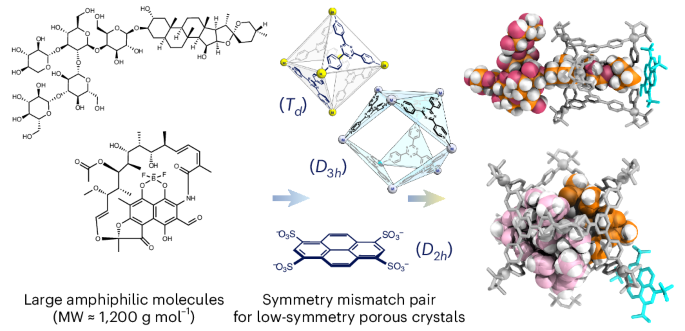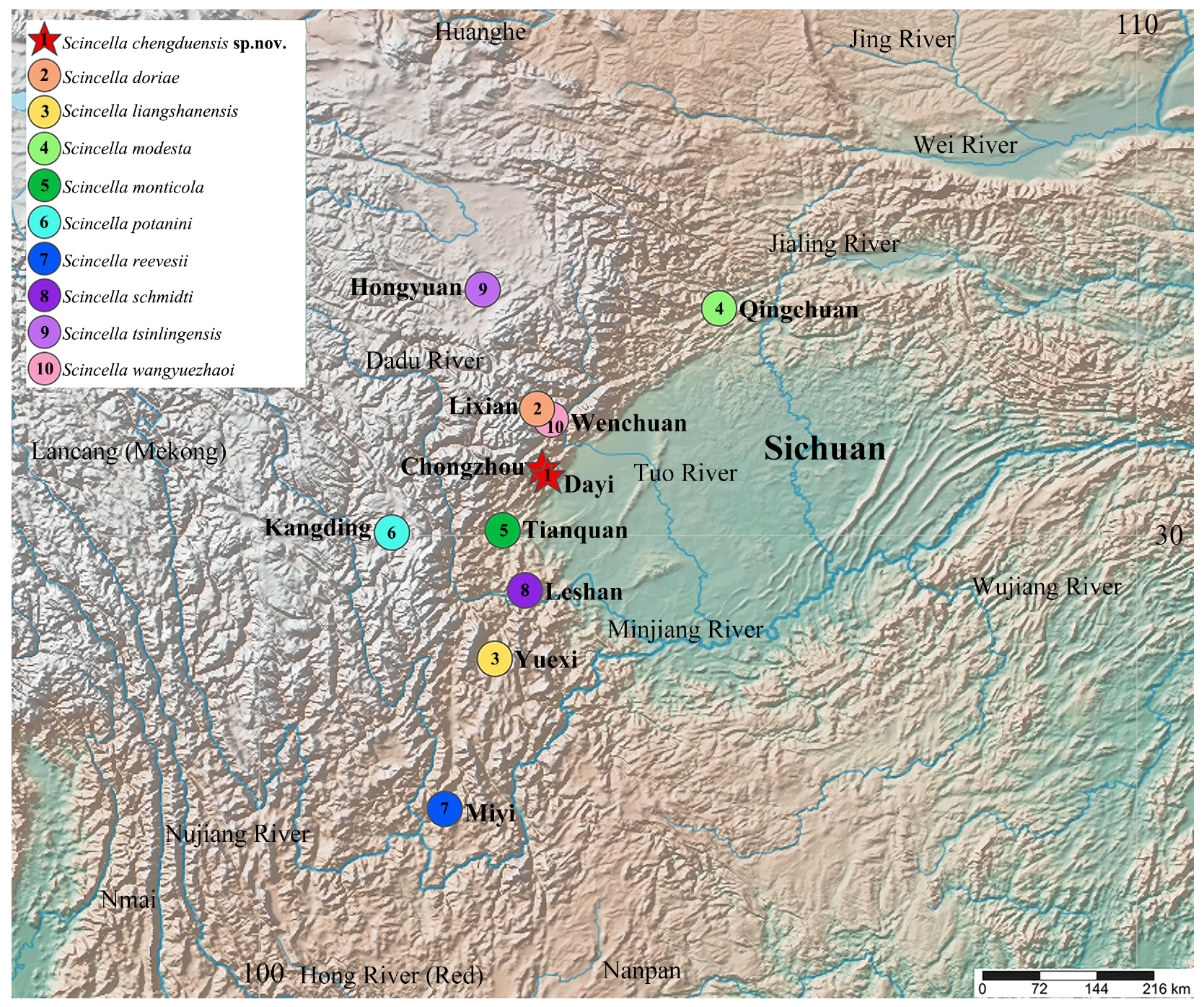2025-03-08 上海交通大学 (SJTU)
<関連情報>
両生類ゲノムが明らかにする個体群動態とハダル環境への適応 The amphipod genome reveals population dynamics and adaptations to hadal environment
Haibin Zhang∙ Shuai Sun∙ Jun Liu∙ … ∙ Xun Xu∙ Shanshan Liu∙ Guangyi Fan
Cell Accepted: January 20, 2025
DOI:https://doi.org/10.1016/j.cell.2025.01.030
Graphical abstract

Highlights
- A genome was assembled for a hadal amphipod species thriving at depths > 10,000 m
- The homogeneous Mariana Trench population genetically differs from nearby hadal features
- The population bottleneck is probably related to Pleistocene glacial-interglacial changes
- Host-symbiotic interactions play important roles for adaptation to hadal environments
Summary
The amphipod Hirondellea gigas is a dominant species inhabiting the deepest part of the ocean (∼6,800–11,000 m), but little is known about its genetic adaptation and population dynamics. Here, we present a chromosome-level genome of H. gigas, characterized by a large genome size of 13.92 Gb. Whole-genome sequencing of 510 individuals from the Mariana Trench indicates no population differentiation across depths, suggesting its capacity to tolerate hydrostatic pressure across wide ranges. H. gigas in the West Philippine Basin is genetically divergent from the Mariana and Yap Trenches, suggesting genetic isolation attributed to the geographic separation of hadal features. A drastic reduction in effective population size potentially reflects glacial-interglacial changes. By integrating multi-omics analysis, we propose host-symbiotic microbial interactions may be crucial in the adaptation of H. gigas to the extremely high-pressure and food-limited environment. Our findings provide clues for adaptation to the hadal zone and population genetics.


